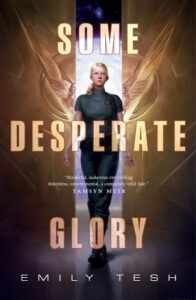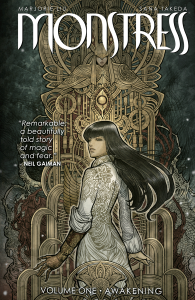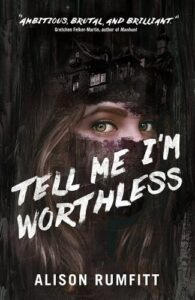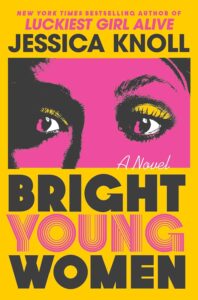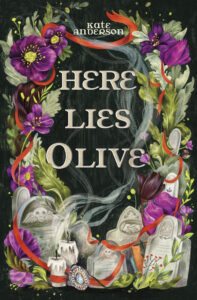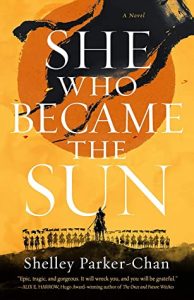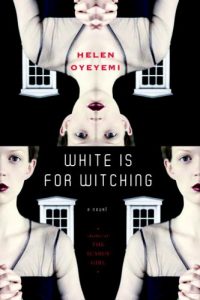Buy this from Bookshop.org to support local bookstores and the Lesbrary!
Two teen girls, Hannah Dexter and Lacey Champlain, become obsessively attached to each other in their rebellion and vengeful agenda against Nikki Drummond. Then dark secrets about what happened to Craig, the boy found dead at the beginning of the novel, begin to unravel, and the bonds of friendship are tested. It becomes harder to tell what’s a mask and what’s real. I listened to this one on audio narrated by Cassandra Campbell, Simone Lewis, and Allyson Ryan.
Hannah Dexter starts as a typical good girl from a middle-class suburban family. But when Lacey, the town’s bad girl, takes an interest in her and takes her under her wing, Hannah becomes Dex. Dex is sharper, tougher, and more willing to get into a little bit of trouble. Lacey introduces Dex to grunge, Kurt Cobain, and dabbling in Satanism to laugh in the face of small-town fears.
It’s easy to see how co-dependency develops between them. Lacey molds Hannah into Dex, someone who can learn to bend the rules and let loose. But even when she’s Dex, there’s a part of Hannah, the voice of reason, that keeps Lacey from taking things too far—until one night, Dex no longer wants to be Lacey’s puppet.
Meanwhile, Lacey keeps the secret of her past relationship with Nikki Drummond, Hannah’s mortal enemy. Nikki and Lacey engaged in a sapphic relationship out in the woods, a place that holds a power of its own as being both haunted and sacred. But there was never any love between them; they were both seeking a reprieve from the suffocation of living in a crappy small town.
Throughout the novel, we see snippets of the relationships between each girl and her parents. Lacey is a typical troubled teen with problems at home—an alcoholic mother, an abusive stepfather, and abandonment issues from her biological father. Hannah’s parents are a constant reminder of mediocrity and showcase a couple that plays their roles on the surface, but bubbling beneath are unspoken tensions that make their relationship toxic. Nikki’s parents are in denial about the master manipulator their daughter is.
Each girl’s mother gets an interlude between chapters that seem out of place at first. But the final one brings it all together with the idea that “girls like them believe they could never become mothers like us.” Once that statement is made, it makes all the other interludes from the mothers make sense. However, because there’s so little point of view from the mothers and most of it comes from the eyes of their daughters, it’s hard to get that message. Perhaps that’s the point: they don’t see it until it’s too late.
Overall, it’s a dark and twisted story of obsessive female friendships that lead to the unthinkable. The premise is not particularly innovative and the plot unraveled much as I expected it to, but it’s well-written enough to keep you reading.
Trigger warnings for rape and violence


